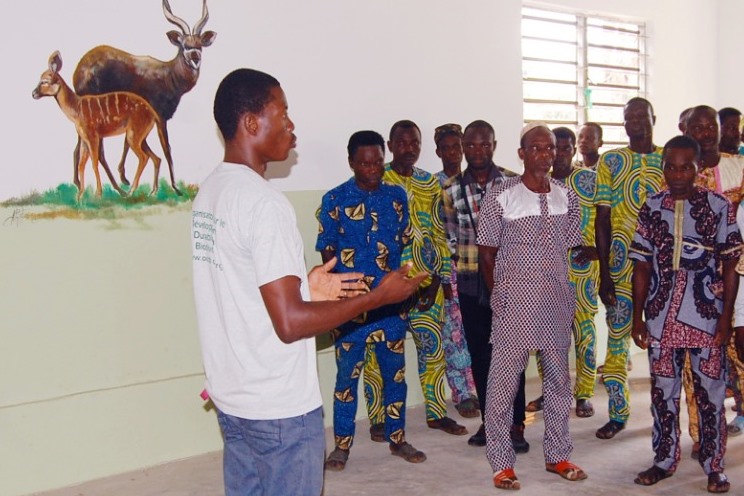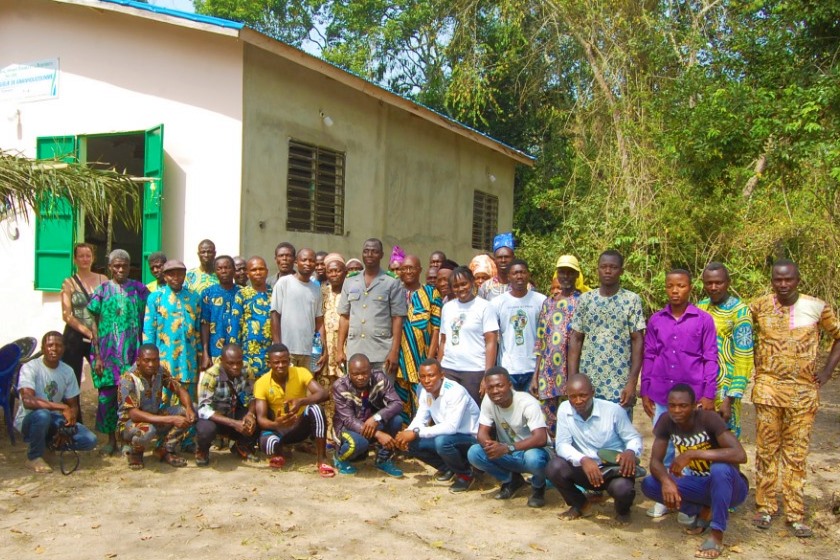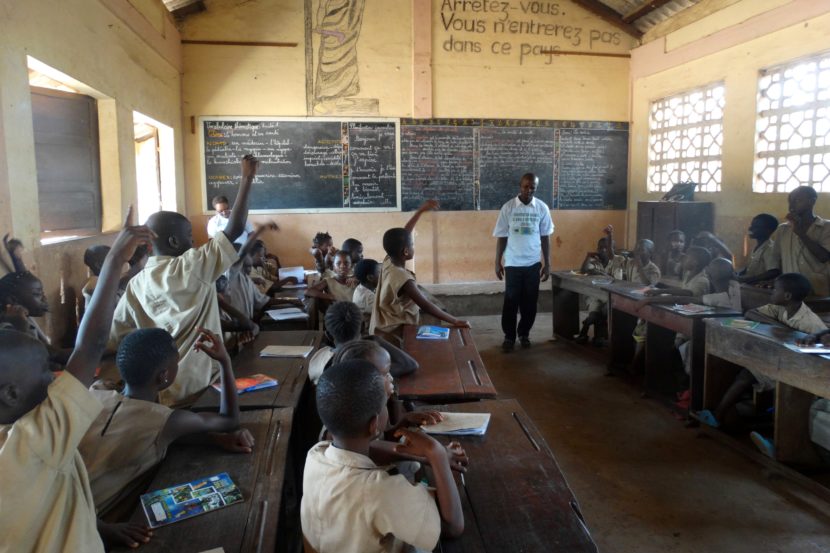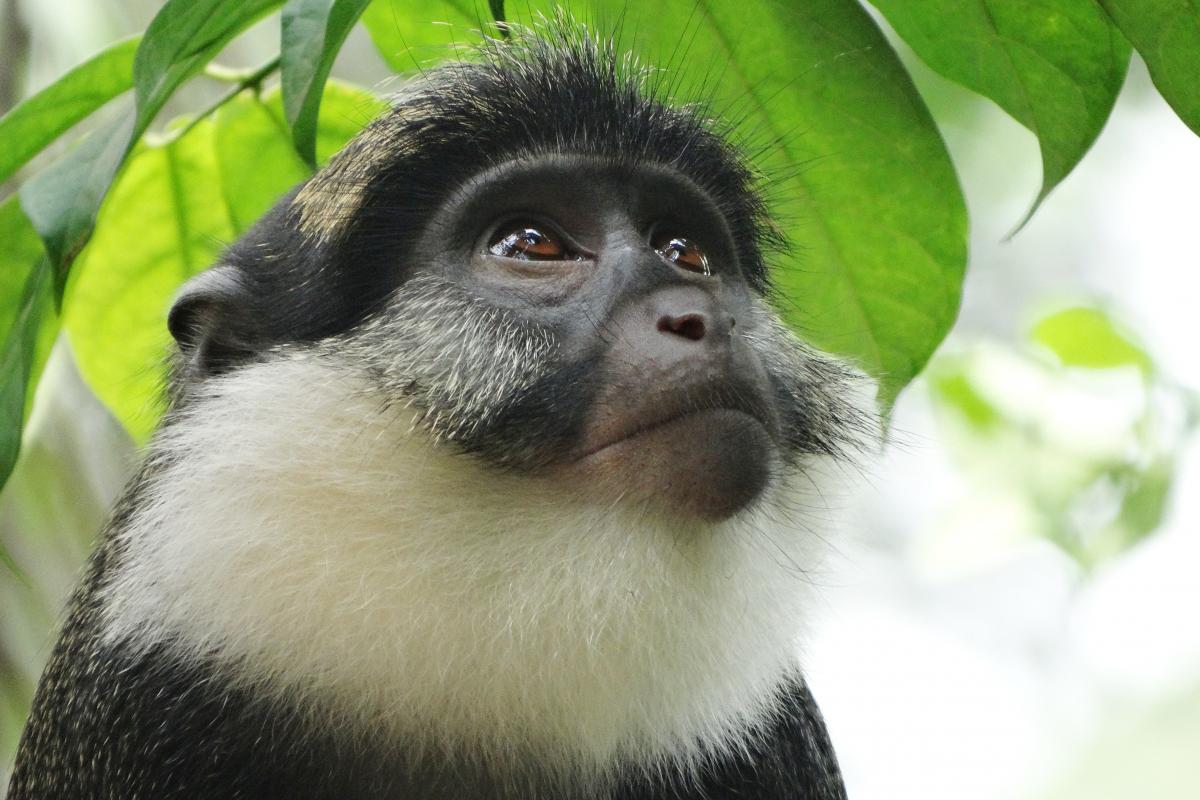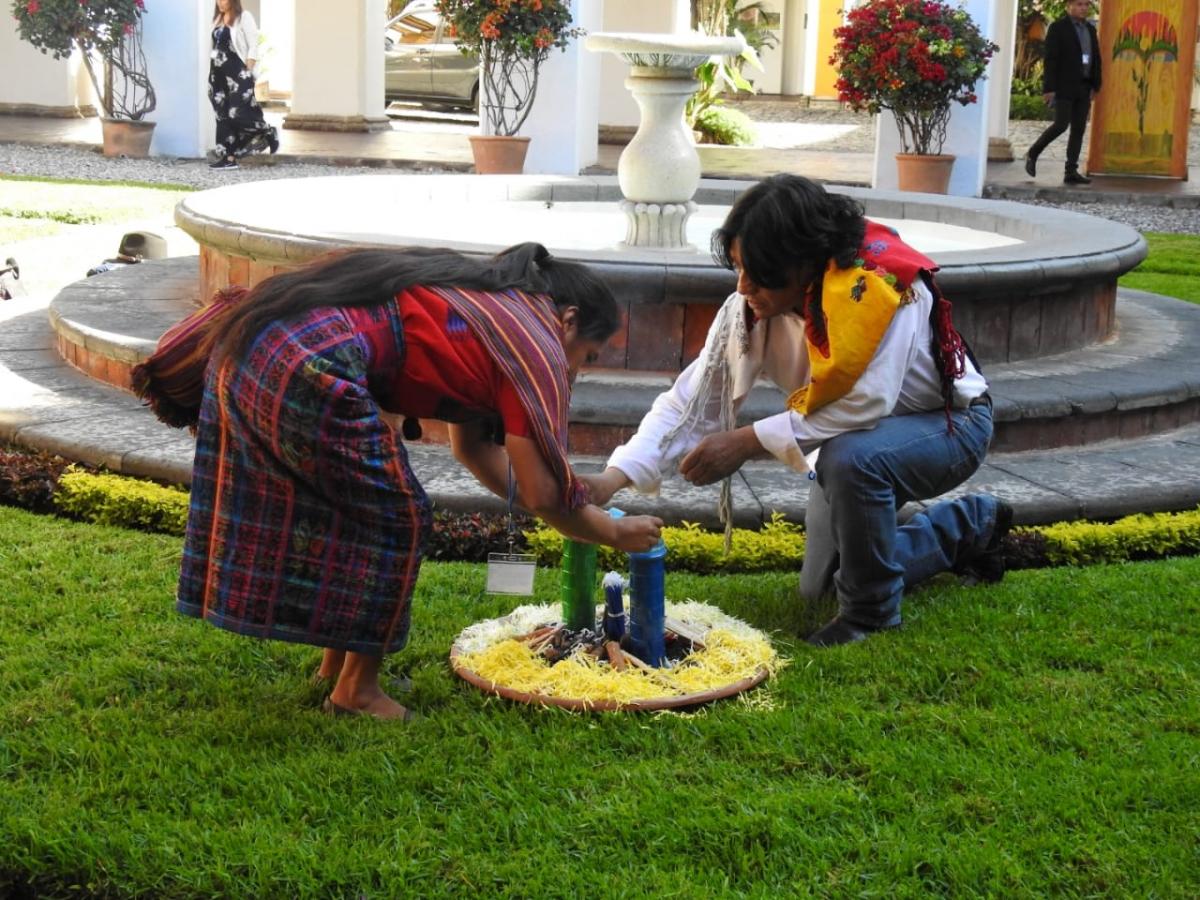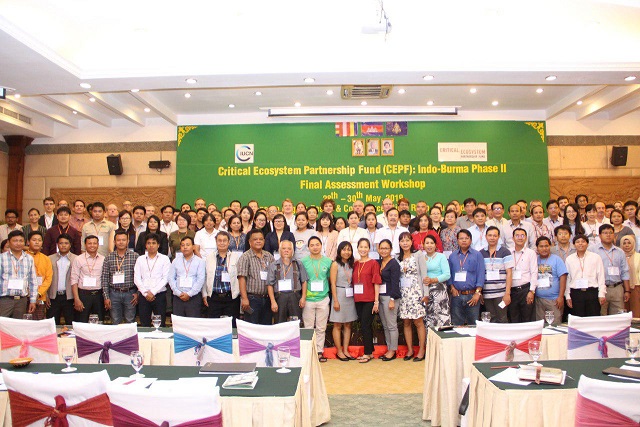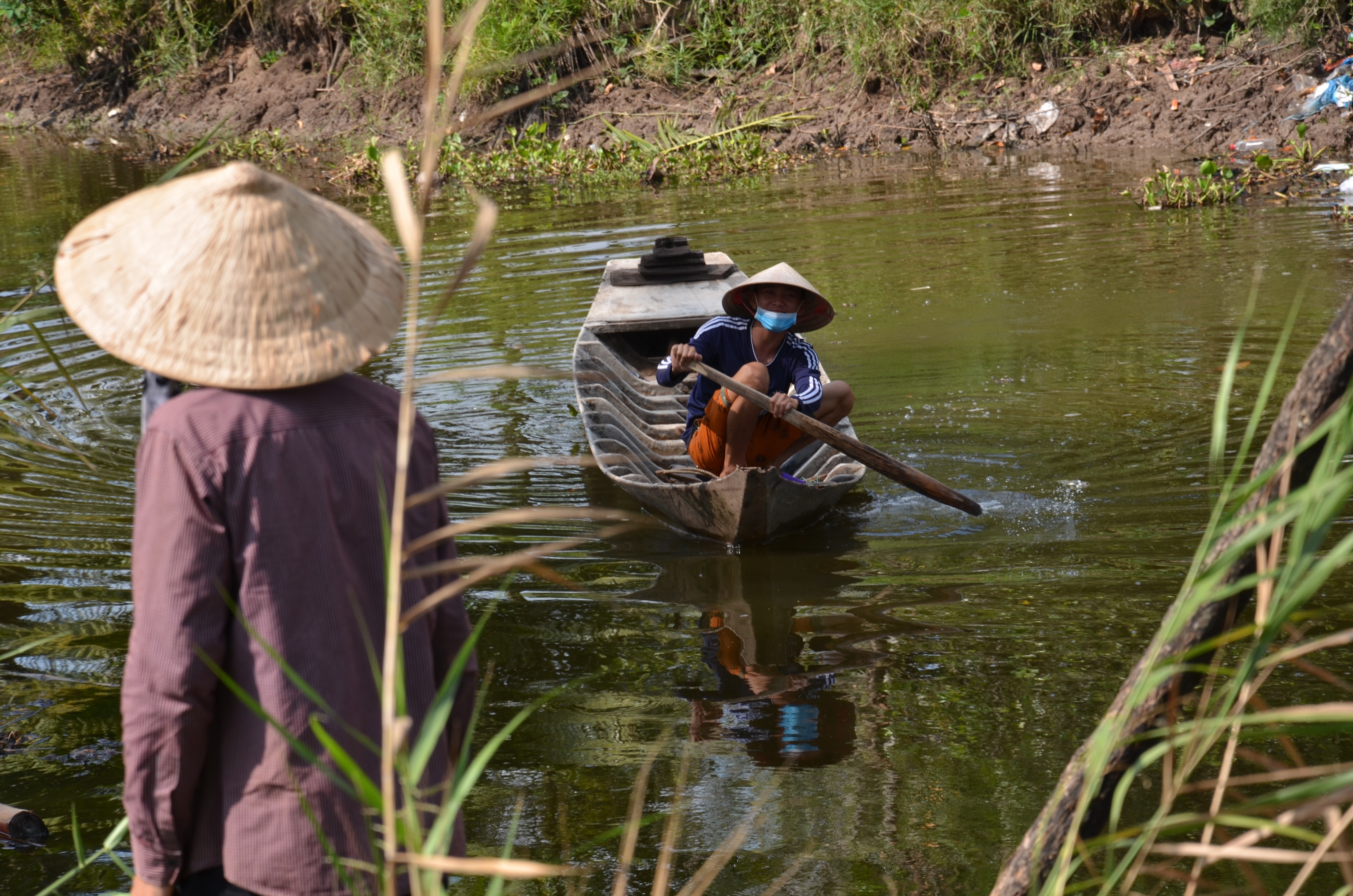African Solutions: Gnanhouizounmè Sacred Forest villages ride out COVID-19 in Benin
Gnanhouizounmè Sacred Forest is a site that has been cared for by the local people for centuries. The people of Gnanhouizounmè are active managers of their own forest and implement an ongoing regeneration programme, with sapling nurseries in most of the local villages. To increase knowledge and pride about their natural heritage, especially in their children, the entire community decided to build a nature centre for education and other purposes.
Mariano Houngbédji is returning to class in June. He is an educator supporting community learning for nature conservation. He works for the local NGO ‘Organisation for Développment Durable et la Biodiversité’ ODDB, supported by LVD International and IUCN-NL in helping local conservation efforts in the Gnanhouizounmè Sacred Forest.
Gnanhouizounmè is one of the last dense forests of in the Dahomey Gap - an area of low rainfall sandwiched by two biodiversity hot spots, Upper and Lower Guinean Forests, and dominated by a mosaic of semi-deciduous rainforests and savannah ecosystems. Mariano works with 8 villages, in and around Gnanhouizounmè, to protect local nature, ecosystems and wildlife.
Mariano’s education efforts include fostering local engagement and participation in the monitoring and protection of the critically endangered Red-bellied monkey (Cercopithecus erythrogaster erythrogaster), the endangered sitatunga (Tragelaphus spekii), the endangered red river hog (Potamochoerus porcus), the vulnerable Spotted-necked Otter (Hydrictis maculicollis) and several other mammals and birds threatened at national scale.
Their new education centre was inaugurated in December 2019, just weeks before the COVID-19 pandemic broke in Benin. Mariano’s early classes involved activities and learning projects, talks and videos, and field trips into nearby areas of the forest for hands-on interaction with the wildlife, including the Red-bellied monkeys.
However, once the COVID-19 pandemic appeared in Benin, and the Government began to take action, Mariano and his colleagues instantly put preventative measures in place – providing instruction in hygiene and social distancing, helping the villagers understand the potential threat, and supporting an isolation plan for the Sacred Forest and vulnerable communities.
The Gnanhouizounmè communities’ early action has hopefully resulted in the threat now passing by. Mariano’s first few weeks back at the learning centre will be cautious, but the local wildlife has certainly taken advantage and Red-bellied monkeys are more easily visible for the learners to watch and study.
Mariano is also an IUCN Green List evaluator with the Benin Expert Assessment Group. Gnanhouizounmè Sacred Forest is a Green List candidate site as an ‘other effective area-based conservation measure’ OECM. International recognition for the communities’ efforts through the Green List programme can really help boost their pride, confidence and help secure vital support from the local and national authorities, as well as international partners.
